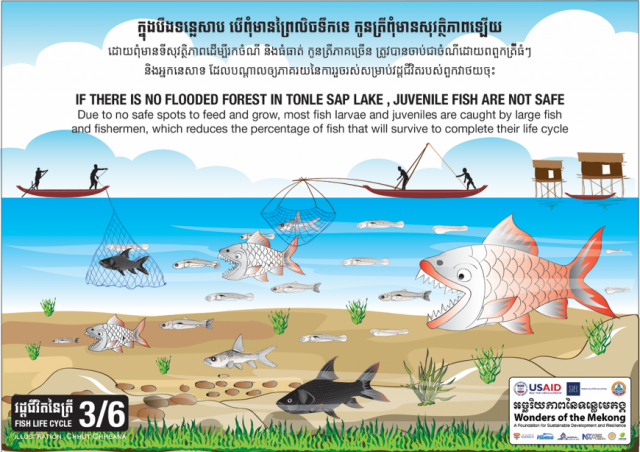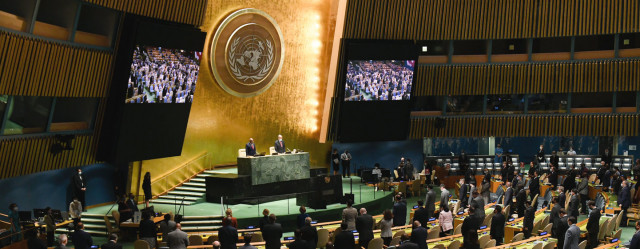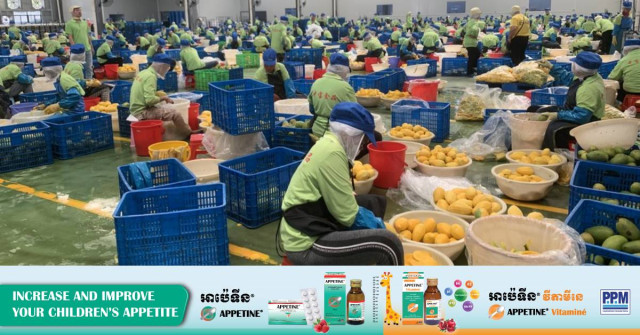Without flooded forests, juvenile fish are not safe

- Chhut Chheana /USAID Wonders of the Mekong
- July 12, 2020 10:09 AM
If the there is no flooded forest in Tonle Sap Lake, juvenile fish are not safe. Due to no safe spots to feed and grow, most larvae and juveniles are caught by large fish and fishermen, which reduces the percentage of fish that will survive to complete their life cycle.
The flooded forests in the Tonle Sap Lake are important for biodiversity. If these flooded forests are cut or burned in order to convert into agriculture lands in the dry season, the habitats to support fish larvae and juveniles during the rainy season will have been destroyed, so nutrient inputs are reduced, and biodiversity is also lost.
In addition, as the juveniles grow, they encounter many threats, such as fishing, pollution, and altered flows by dams. (To be continued).















